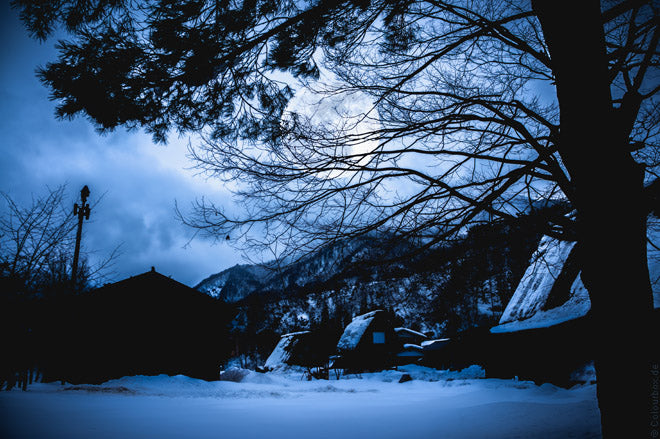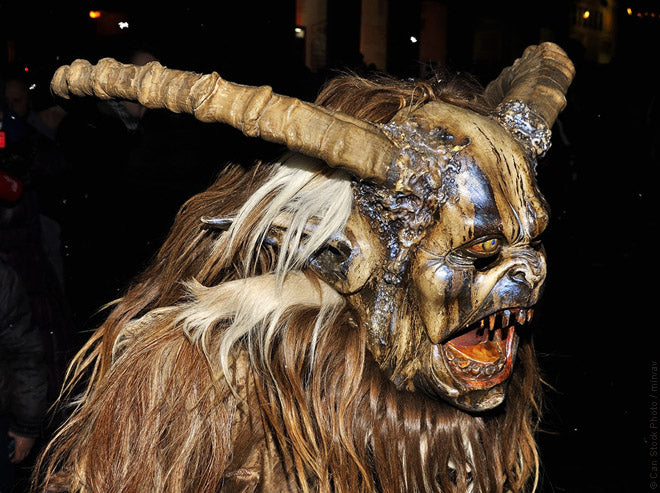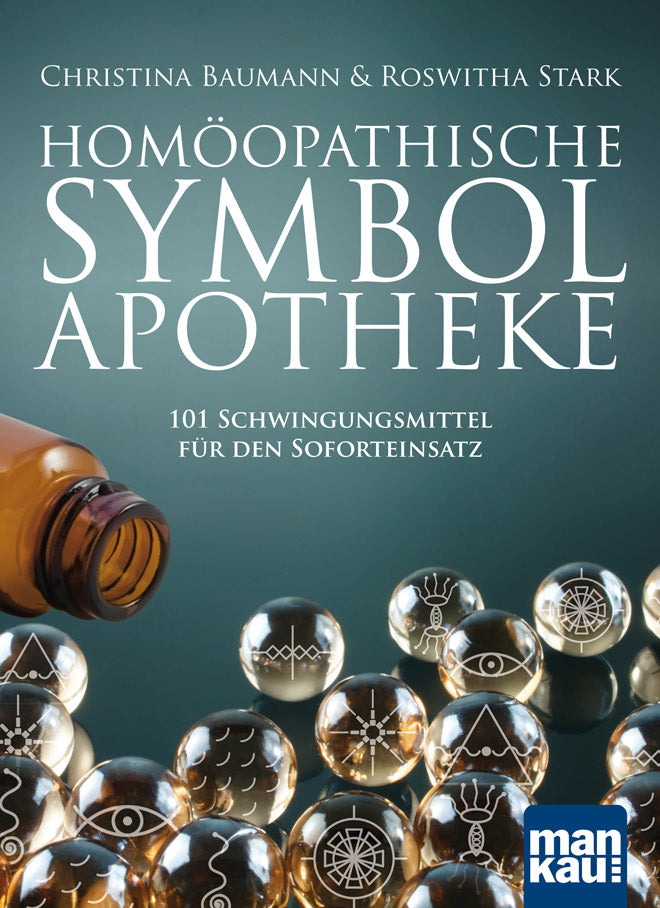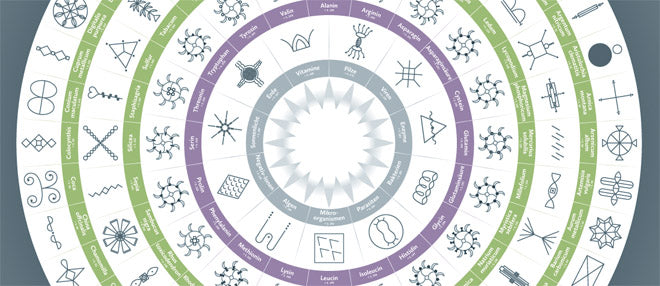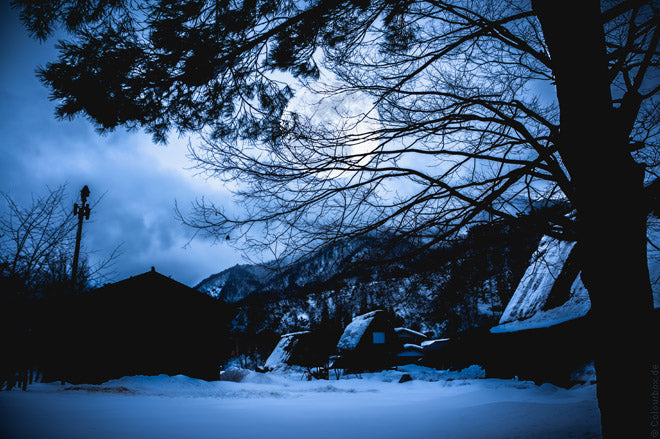
Between the times
Between the times
Gerhard Merz 's compact guide " Rauhnächte " provides insights into the secrets surrounding the turn of the year
In popular belief, the icy nights between the winter solstice and Epiphany are a magical time when the divine order is suspended. Evil is fought with rituals that are still practiced today; and those who dream during the Rauhnächten can learn a lot about the future of the coming year.
Mysterious nights outside of time
For our ancestors, the time between the years was a very special phase. "It was a time outside of time, with long, cold nights in which the gates to the ancestors and other worlds were wide open," writes the Munich myth researcher and non-fiction author Gerhard Merz in his new compact guide "Rauhnächte". The twelve days and nights around the turn of the year were "full of magic, in which wild armies of spirits raged across the land, witches, devils and goblins frightened people, in which traditional customs and rituals were practiced."
To protect against demons, the house and yard were smoked. People stopped working and thought about the past year: What was good in the old year? What will the new year bring? How will the wheel of life continue to turn? The Rauhnacht also offer modern people the opportunity to let go of everyday life, to go into silence, to reflect, to practice reflection in order to get closer to themselves. This helps to gather new strength and energy.
Superstition and customs
The days around the turn of the year are considered the actual Rauhnacht period. In some regions (Northern Germany, Southern Germany, Austria, Tyrol) the Rauhnacht also begins at other times, for example on December 1st. They end on January 6th, Epiphany. In Bavaria they begin on St. Thomas' Day (December 21st), in Franconia and Mecklenburg they are the twelve days after New Year. Basically, they correspond to the difference between the lunar year (354 days) and the solar year (366 days).
According to old folk belief, it is a special time when dreams come true, when the veil of the other world is lifted for twelve nights. These are the nights outside of time, when existing natural laws and regulations are suspended and the taboo boundaries to other worlds and spheres are wide open. Those who are called to see and perceive can learn a lot about themselves, their lives and future events.
During the Rauhnächten, you should not leave the safety of your house, because demons, werewolves, witches, devils and other evil spirits stalk farms and properties and threaten people and animals. The supernatural goings-on were considered particularly wild around New Year's Eve, which is why the New Year is still celebrated with firecrackers and the ringing of bells to fight evil.
Meaning and reflection
There are various traditions as to where the name comes from. It is likely that it comes from "smoking", as houses, farms and stables were smoked out during the Rauhnacht to chase away evil spirits and demons and to remove all the evils of the previous year. According to another interpretation, "rough" comes from "hairy, wild", because the demons, dressed in thick furs, cause their nocturnal mischief.
The twelve nights have an important meaning for the upcoming new year; they are considered to be future-oriented. Each Rauhnacht represents a month of the coming year, so selected and traditional oracles can be used to look into the future. It is also a time of reflection, a time of rest and contemplation and internalization. People are aware that they cannot create or achieve anything in this strange, eerie and dangerous time. All domestic and agricultural work that was not absolutely necessary is put on hold.
During the Rauhnächten, people pay particular attention to the dreams, symbols and people they experience or meet. The main focus is on researching their future spouse and lover, but also on their career, life and death, staying or moving on.
Book tip:
Gerhard Merz. Rauhnächte. Compact guide. The mystery of the twelve fateful days. Mankau Verlag, 1st edition October 2017. Paperback, full color, 11.5 x 16.5 cm, 127 pages. €8.99 (D) / €9.20 (A), ISBN 978-3-86374-416-8.
Link recommendations:
More information about the guide "Rauhnächte"
To the reading sample in PDF format
More about Gerhard Merz
To the forum with Gerhard Merz
